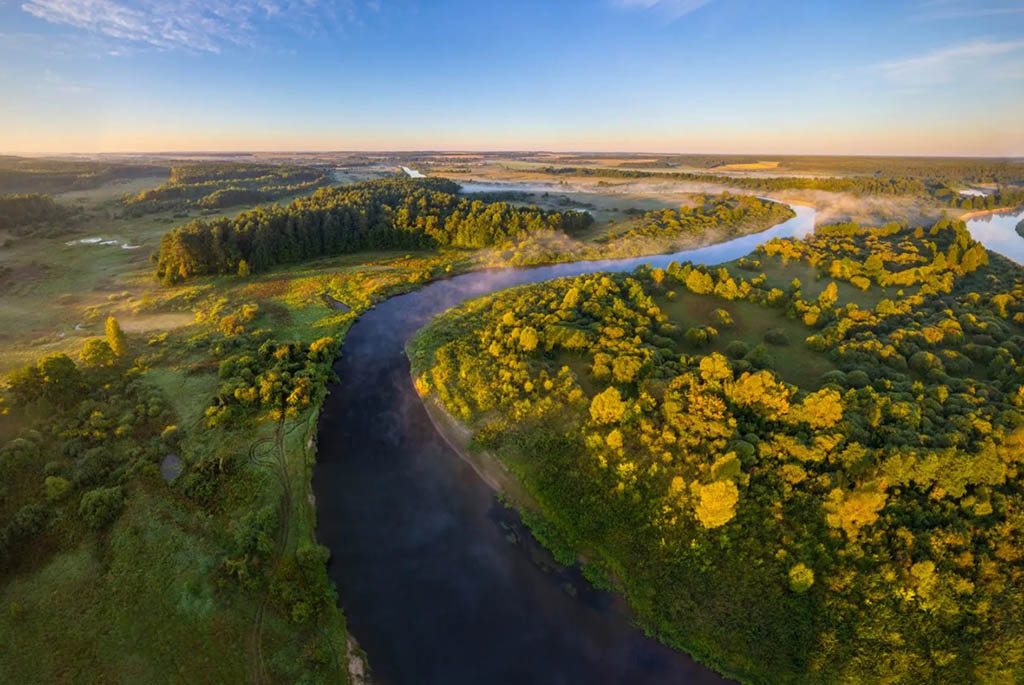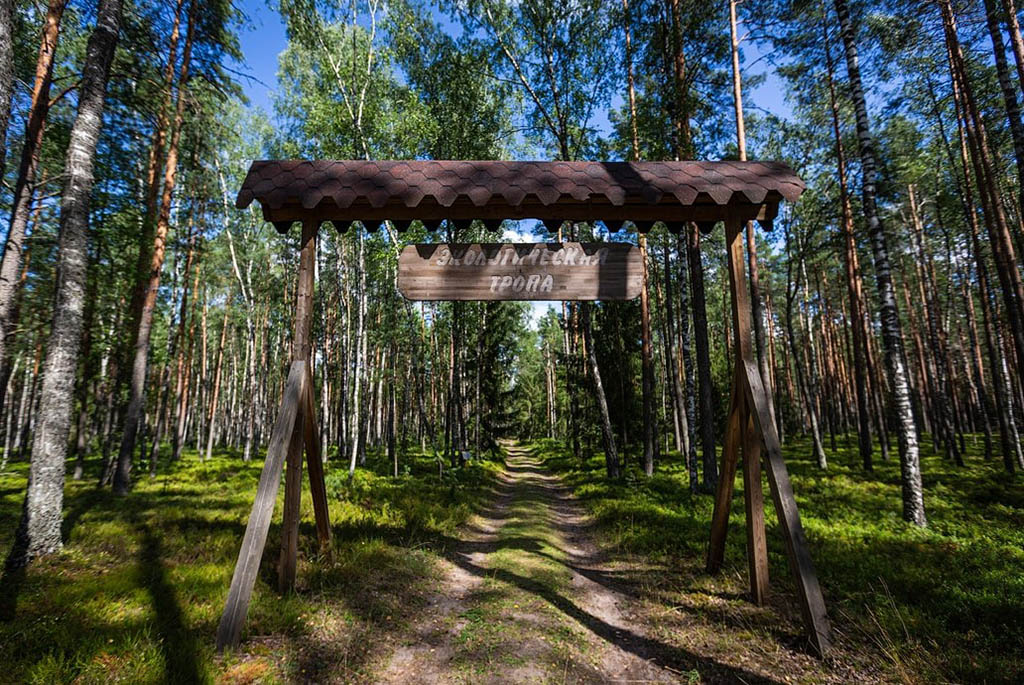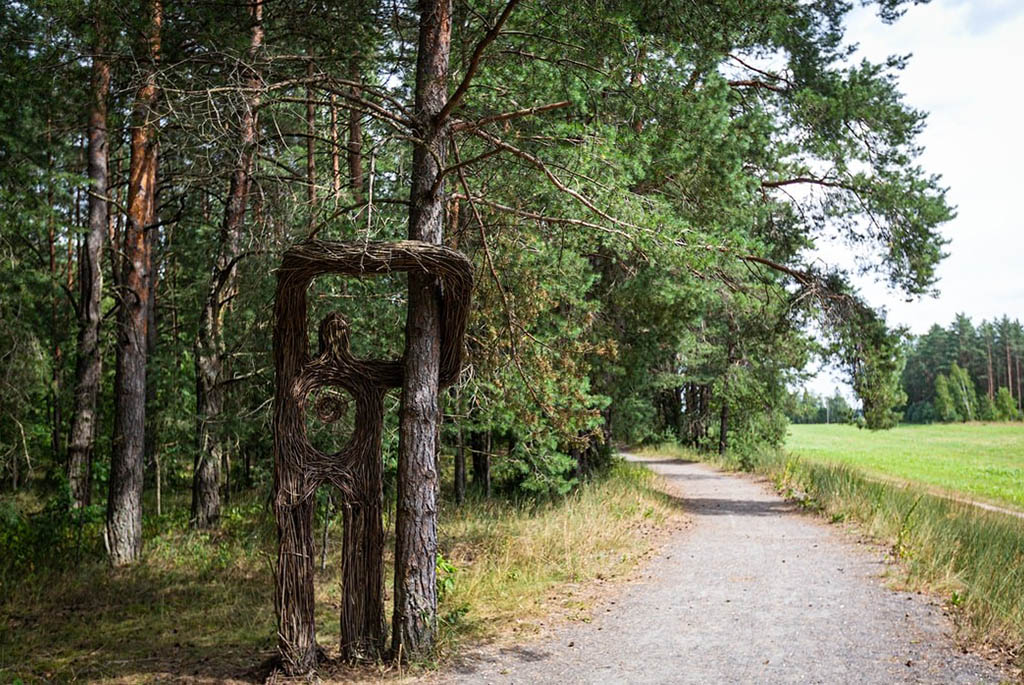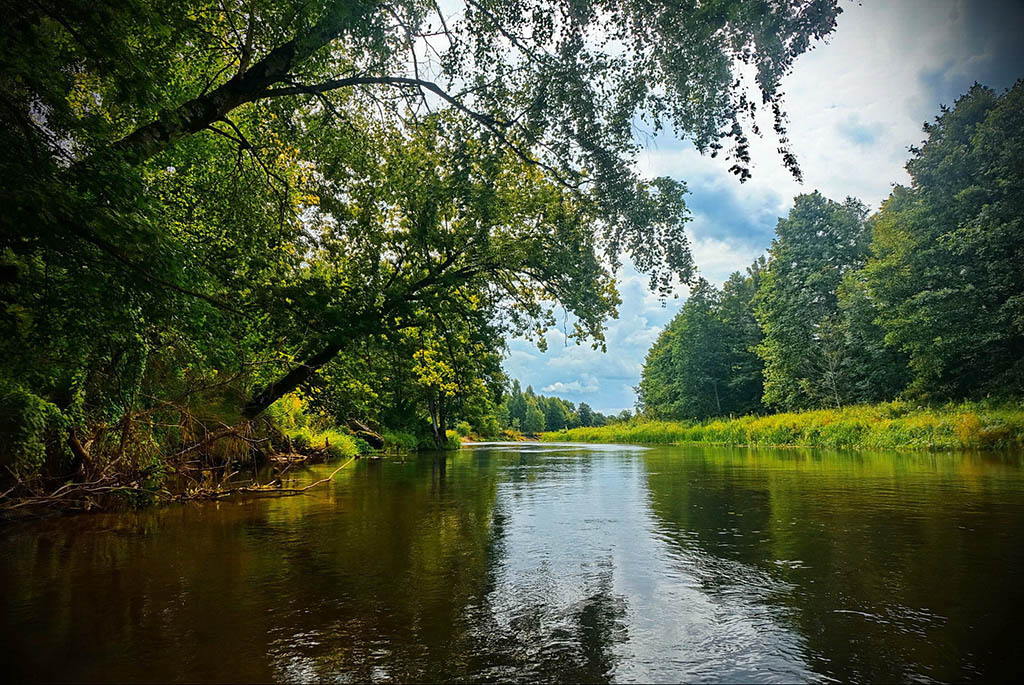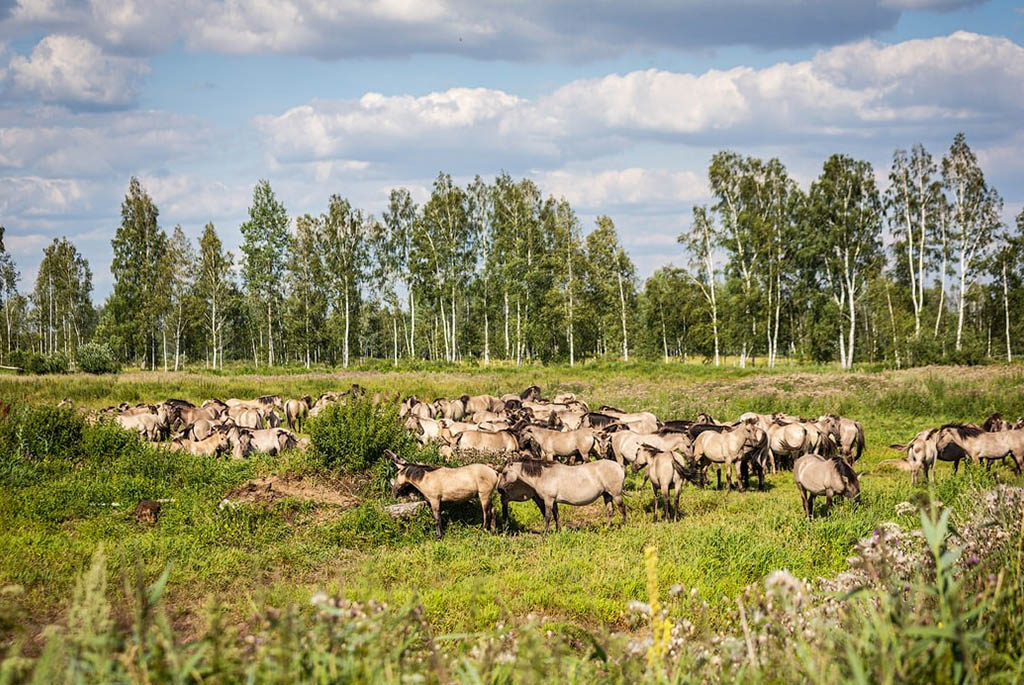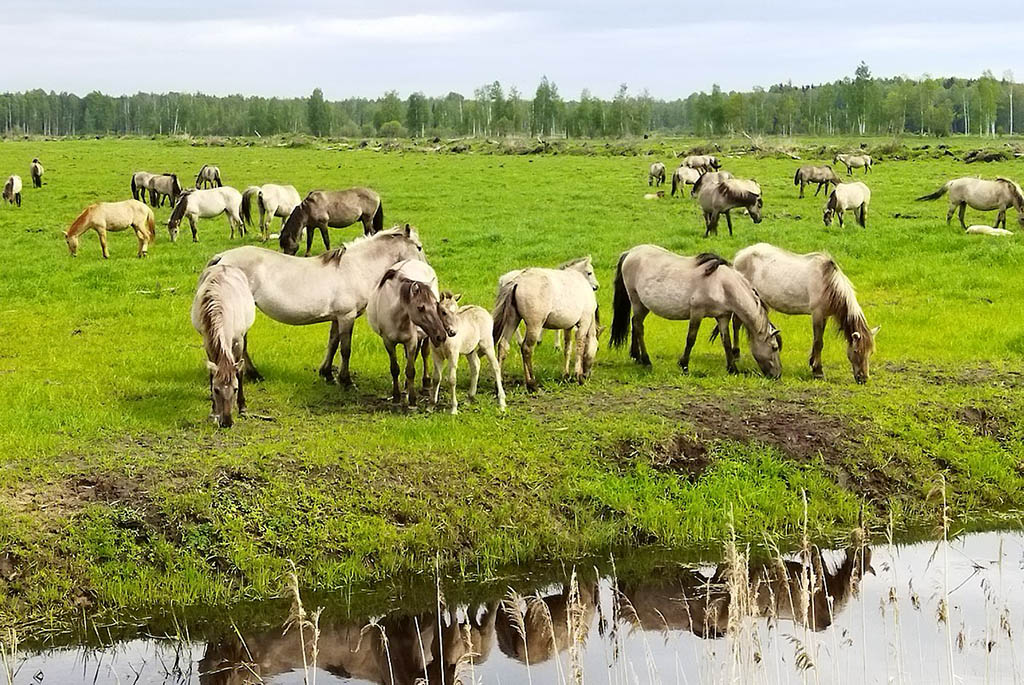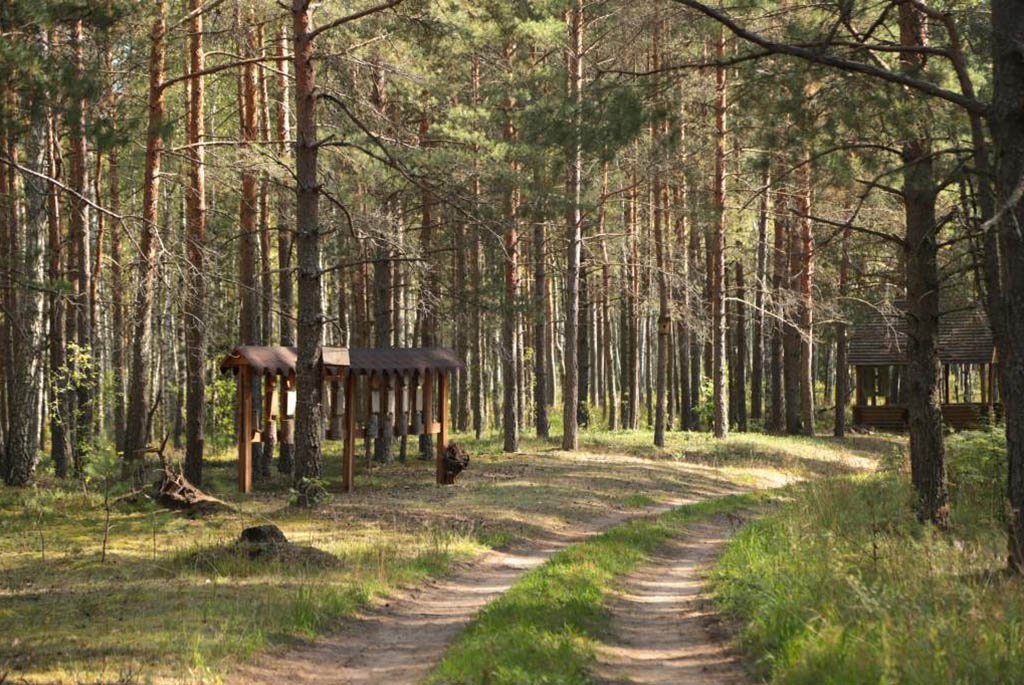Geographically, the forest covers parts of the Minsk and Grodno regions, spanning an area of about 2000 square kilometers.
In 2005, the forest became part of the national landscape reserve 'Naliboksky', which eventually gained prestigious international status as a key botanical area. It is home to rare birds such as the Eurasian eagle-owl, greater spotted eagle, green woodpecker, black stork, and lesser black-backed gull. The Nalibokskaya forests are also inhabited by lynx, wild boar, martens, minks, deer, elk, black ferrets, and bison. Recently, brown bears have returned to the area, having been absent for almost 100 years. A quarter of all plants growing here are listed in the Red Book. The biodiversity of the forest has been preserved because 80% of its territory is impenetrable thickets, untouched by human feet.
The rivers Zapadnaya Berezina, Islach, Usa, and their tributaries flow through the Nalibokskaya forest. The forest's water riches are supplemented by the artificially created Syabrynskie lakes and the Kroman karst lake.
What Can a Tourist Do in Nalibokskaya Pushcha?
Nalibokskaya Pushcha is a favorite recreational spot for Belarusians and visitors to the country. Thanks to its convenient location - just 90 km from the capital - it attracts nature lovers and ecotourism enthusiasts every year.
Here's what the tourist infrastructure of Nalibokskaya Pushcha offers to visitors:
- Bicycle and hiking trails along ecopaths, equipped with informational stands and gazebos for rest. There is also a special route for visitors with limited mobility, featuring Braille informational signs.
- Kayaking along the forest's waterways, the Islach and Western Berezina rivers.
- Renting a country house or a summer cottage where you can organize a picnic, go fishing, relax in the quiet, or have a corporate event.
- Visiting bison enclosures.
- Hunting and fishing.
- Wildlife and bird photography.
- Exploring historical sites such as the Lyubchansky Castle, the ruins of the Tyszkiewicz estate, and a water mill near the village of Rudnya-Nalibokskaya.
Visitors can explore Nalibokskaya Pushcha independently or as part of guided tours and programs. Those staying for several days can choose accommodations at farmsteads, holiday resorts, or camping sites.
The journey from Minsk to Nalibokskaya Pushcha by bus takes about two hours. From the Minsk Central Bus Station, there's a bus to the agro-town of Naliboki on the 'Minsk-Kletishche' route. By car, the trip takes no more than one and a half hours via the M6 highway or through N8243.
